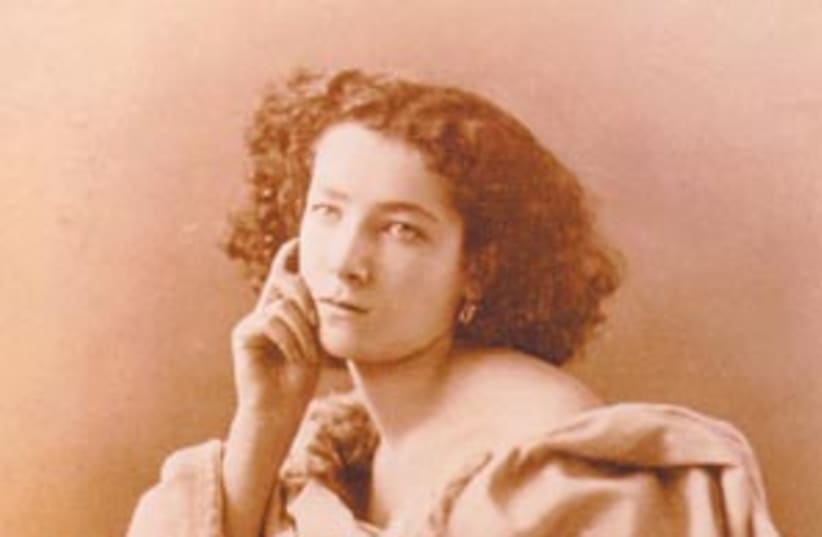| More about: | Sarah Bernhardt, Henri de Toulouse-Lautrec, Thomas Edison, Napoleon I |
The 'Divine Sarah' on display
New York's Jewish Museum presents its first major exhibit devoted to the larger-than-life persona of actress Sarah Bernhardt.


| More about: | Sarah Bernhardt, Henri de Toulouse-Lautrec, Thomas Edison, Napoleon I |